The Legacy of Kindergarten Letter-Name Drill
Letter-name mistakes are causing frequent spelling errors and word mispronunciations throughout first and second grade. In a recent controlled study, the students in the control group were making 4.8 times as many letter-name mistakes as the kids who got an experimental reading supplement. What’s a letter-name mistake? Well, suppose a child is trying to read… “Ann liked art.” Look what can happen…
“Ann liked arty.”
The red letters show the error location. Notice how this tiny mistake completely changes the implication of the sentence. The misread sentence now implies a budding friendship, possibly a romance. Instead of saying the sound of the last letter in “art,” the elementary student said the last letter’s name: “tee.” That changed “art” to “ar-T” (Arty). Letter-name mistakes are very common in first and second grade. These tiny mistakes usually render a sentence meaningless. I’m currently working with a 25-year old student who was still making letter-name mistakes when he signed up for tutoring.
One problem with teaching letter names before anything else is that people tend to remember best what they learned first: For kids, that’s letter names—and if you don’t teach them, most parents will. The problem with letter names is that they’re used for spelling. Unfortunately, spelling is not reading. Saying “See, Ay, Tea” -is completely different from saying “cat.” A child who knows the names of the letters in “cat” has a potential mistake at every letter location in the word. Instead of saying “cat,” he might say… See-at (C-at), cattY (ca-T), or even Kate (c-AY-t). These substitution errors were not possible when he didn’t know the letter names.
The Misleading Relationship Between Letter Names And Early Reading Growth
A letter “name” is simply a short sound that gets associated with a written symbol. In a child’s mind, there is no important difference between a letter name and a letter sound. Each one is a short sound the child associates with a written symbol. Children who easily learn letter names also tend to learn letter sounds easily.
A child who already knows most of his letter names when he starts kindergarten probably got letter-name drill from his parents. That means his parents are trying to help him (or her) learn to read. In order for a parent to teach a child letter names, the child must be able to associate a sound (the letter’s name) with a written symbol (the letter). If this type of association is very hard for a particular child, the parent won’t be able to teach his or her child many letter names.
So, a child who knows the letter names when he starts kindergarten has demonstrated an aptitude for associating sounds with symbols. This same child also has a good home environment, so naturally, this child will learn reading faster—but not because he knew his letter names. He learns faster because his parents are involved and because he has a more talent for recalling symbol-sound associations than many of his peers. These kids make teachers think knowing letter names helps learn letter sounds. Actually, knowing letter names interferes with learning letter sounds—to a very high degree. Memorizing 26 letter names before reading instruction begins is like memorizing a set of 26 wrong answers. We don’t pronounce “cat” see-ay-tea.
Most kindergarten teachers will agree that children who “know their letter names” on the first day of kindergarten seem to learn reading faster than those who don’t. And yet, those same elementary teachers have all known children who could recite all the letter names in order, sing the associated song, and even identify most of the letters out of alphabetical order. Yet these same children could barely decode a three-letter word.
There are different types of letter-name mistake. A teacher who knows what to look for can spot many of them if mistaken pronunciations and spellings have been systematically recorded during testing. Of course, error details usually aren’t recorded during testing. Some mistakes are subtle enough to remain baffling for the most experienced elementary teachers. Let’s try to understand more about the causes of letter-name mistakes and how to spot the mistakes themselves.
A typical letter name contains two English speech sounds. For example…
/s/ + /ee/ = C “see”
/j/ + /ee/ = G “jee”
/d/ + /ee/ = D “dee”
Linguistically talented children eventually notice that they can hear the correct sound of B at the beginning of B’s name. Teachers may even point it out. The sharp children soon find eight letters that fit the pattern…
B: /b/-ee,
K: /k/-ay,
V: /v/-ee,
J: /j/ -ay,
T: /t/ -ee,
D: /d/ -ee,
P: /p/ -ee,
Z: /z/ -ee.
Since the first sound in the letter name, “C” is /s/, then the sound of C is obviously /s/. Since the first sound in the letter name “G” is /j/, then the sound of G is /j/. Simple. This leads to puzzling mistakes. Looking at C, the child will say /c/ most of the time, /s/ some of the time, and even /x/ (cs).
Letter Mistaken
Combination Pronunciation
cac sac… cas… sas… sacs… cacs. The most common error is sac.
gag jag
Since many of the above letter names contain the long-E sound, words contain long-E sounds will often be misspelled. If you are wondering why anyone would present a child with the letter combination c-a-c, consider that this combination is seen in: cactus, cacti (the plural of cactus), cackle, cacophony, ipecac, and about 220 other words that are very rare.
There’s another pattern…
F: /eh/ -f
L: /eh/ -l
M: /eh/-m
N: /eh/ -n
S: /eh/ -s
X: /eh/ -ks (eks, ecs)
The letter names above all start with the short-E sound, so the student leaves out his Short-E sounds when he’s trying to spell words containing short-E’s…
Letter
Combination Spells…
nd end
tst test
lft left
tmp temp
You might also see…
b bee/be (long-E)
km came (long-A)
jn jane (long-A)
pz peas (long-E)
The first sound in “H” is ay, but the speech sound H represents is definitely not long-A. The last sound in H is /ch/, so a child might think m-a-h spells match. “Chain” might be spelled han. “Ate” could be ht. And of course…
g-o-t spells “goat.”
g-a-t spells “gate”
m-e-t spells “meet”
m-u-t spells “mute”
m-i-t spells “might”
The pronunciation errors below (small red letters) were harvested directly from reading tests. All these errors contain either complete letter names or parts of letter names which were then blended with letter sounds.
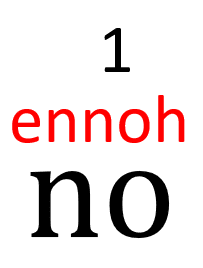
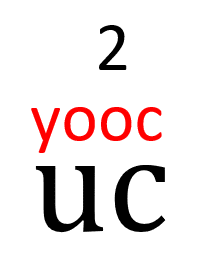
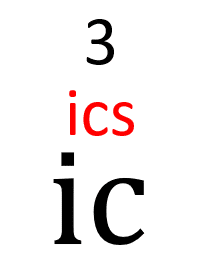
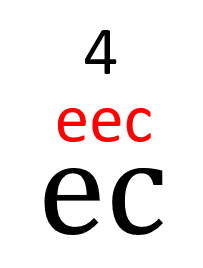



The tragedy in all this is that the kids are actually doing everything right: They’re…
1) recalling speech sounds, and
2) blending them together…
3) from left to right.
Error #1 is pure name sounds (enn + oh). Analysis of the others is left to the reader as a challenge.
This is a staggering level of confusion. It’s also completely avoidable. To reveal explanations of the remaining red mistakes above, pause your mouse over the red letters.
You can see why a “name” for a letter would be handy. Just look at all the different sounds A makes: Cat, Kate, adult, call, spa. A letter name provides a convenient unchanging sound we can use to refer to a particular symbol. “E” is one of the sounds of E—so that makes a good letter name, but since we usually teach short-E first, why not call this letter “eh” for a while?
Unlike traditional letter names, this approach doesn’t lower scores on spelling tests. Nor does it lower reading comprehension. Nor does interfere with answering a child’s questions about spelling. If a child says, “how do I spell den?” -you answer /d/, /eh/, /nnn/. The only problem with this approach is that it gives away the answer. Although… giving away the answer is also what saying “Dee, ee, enn” would have done, isn’t it? Everything you are used to doing with letter names can be done better with the letter sounds we want children to learn first. It takes a teacher only a small amount of practice to avoid a huge amount of student confusion. This confusion eventually fades for a lot of students—but nowhere near all of them. Many kids are still making letter-name mistakes in late third grade during the first Georgia Milestones test.


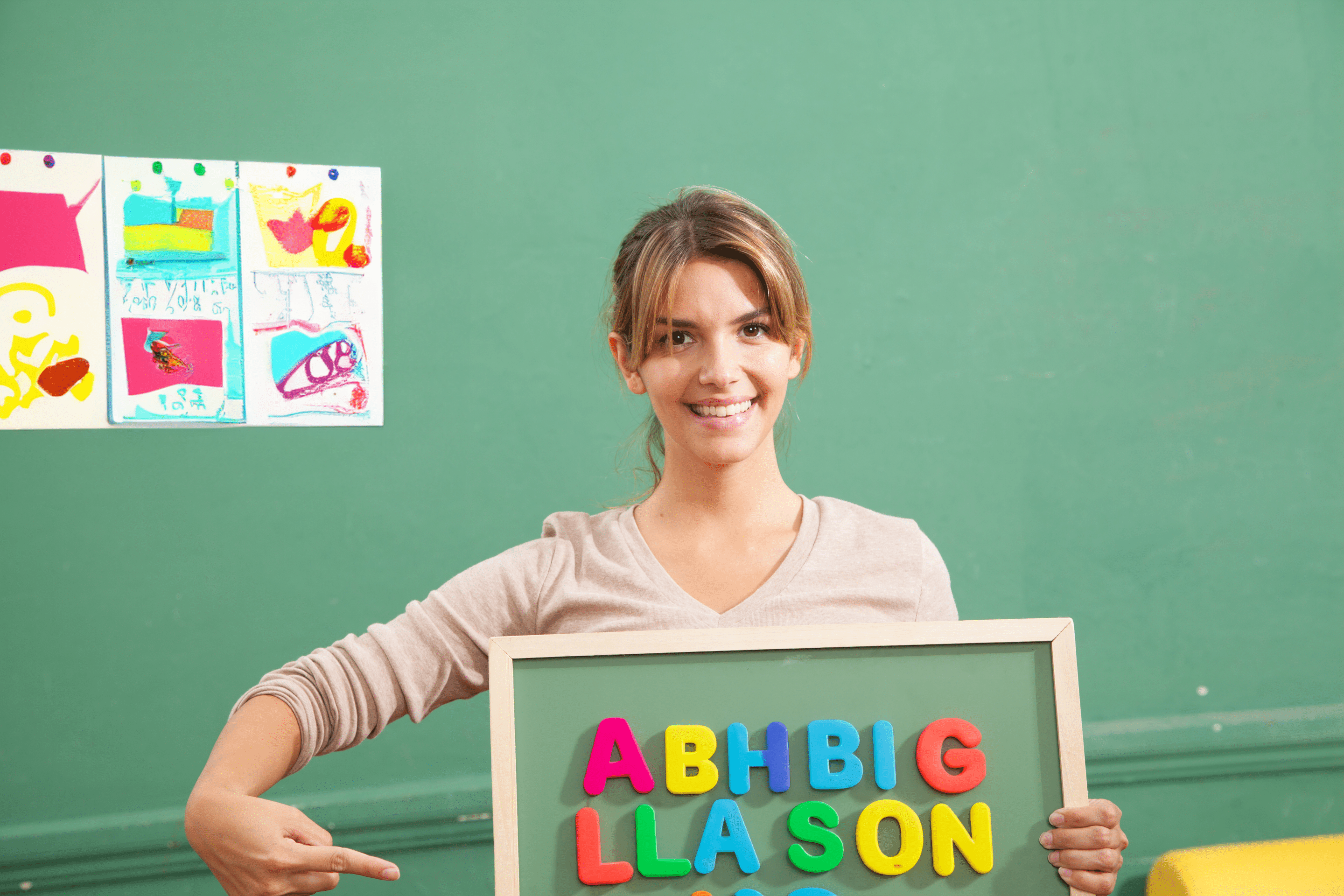


0 Comments